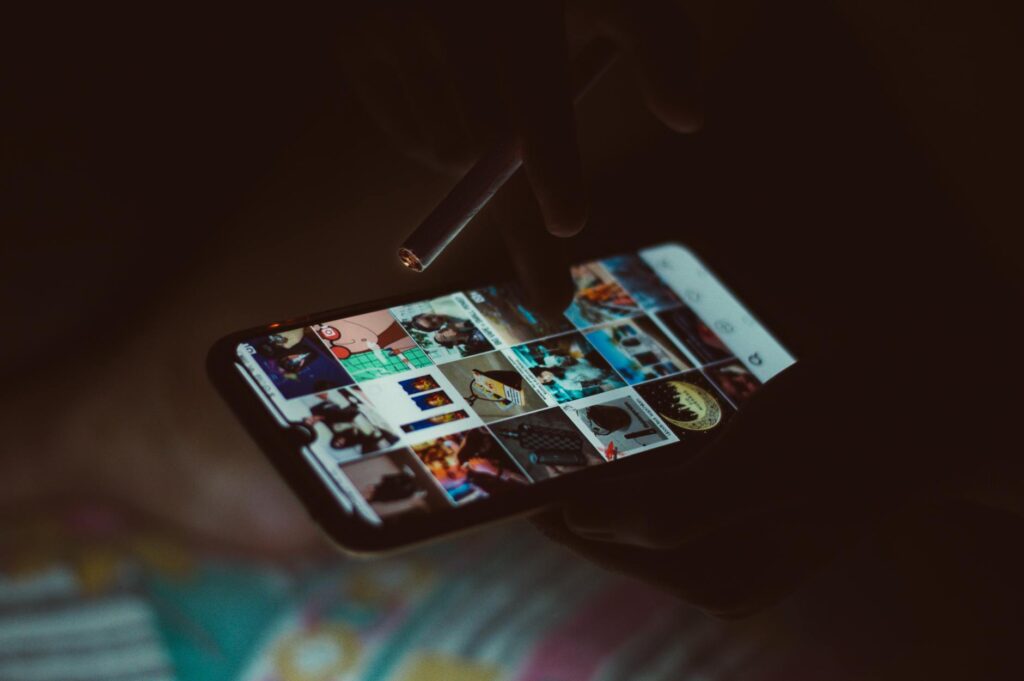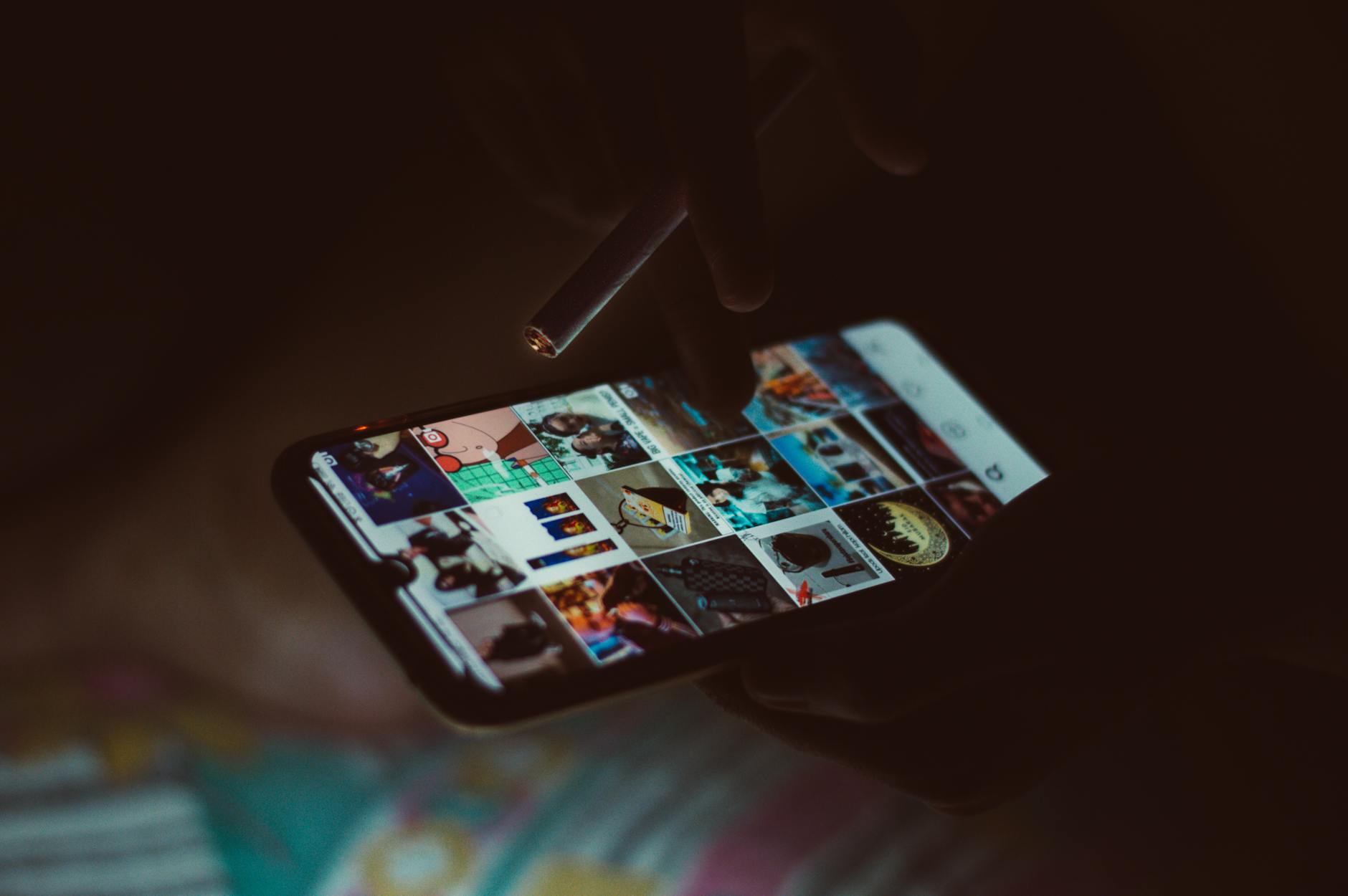What is connected lifestyle?

What is Connected Lifestyle?
In today’s fast-paced world, the idea of a connected lifestyle has grown increasingly relevant. With technology at our fingertips, the way we interact with our environment, manage our time, and enhance our well-being has transformed. A connected lifestyle isn’t just about having the latest gadgets; it’s about integrating technology into our daily routines to improve productivity and personal growth. From smart homes to wearable tech, this lifestyle embodies the seamless connection between people and devices, fostering efficiency, health, and convenience.
Understanding the Connected Lifestyle
When we talk about a connected lifestyle, we refer to an approach where technology enhances our daily lives in a meaningful way. It includes the use of smart devices, apps, and the Internet of Things (IoT) to create a network that simplifies our activities and enriches our experiences.
Definition and Components
A connected lifestyle combines various elements that work together to create a unified experience. Key components include:
- Smart Home Devices: These are appliances that can be controlled remotely and can communicate with each other. Think smart speakers, lights, and security systems.
- Wearable Technology: Devices like fitness trackers and smartwatches monitor health metrics and provide insights into our physical activities.
- Mobile Applications: Apps enable us to manage tasks, track health, and stay connected with others, making our lives more organized and fulfilling.
This network of devices and applications works to keep us informed and helps us manage our time and responsibilities more efficiently.
Benefits of a Connected Lifestyle
The advantages of embracing a connected lifestyle are plentiful. Here are a few notable benefits:
- Improved Time Management: Smart devices can automate tasks, such as scheduling reminders or adjusting home temperatures, allowing you to focus on what matters most.
- Enhanced Productivity: With tools like task management apps, you can prioritize your work and reduce procrastination.
- Personal Development: Wearable technology can track your fitness goals and provide data that helps you make healthier choices.
A study highlighted in the National Institutes of Health reveals how staying connected can lead to better health outcomes by keeping individuals engaged and motivated.
Key Technologies Supporting Connected Lifestyles
Several technologies facilitate this integrated way of living, making it easier to connect and engage with the world around us.
Smart Home Devices
Smart home devices are designed to make life easier. From smart speakers that play your favorite tunes to intelligent thermostats that learn your preferences, these gadgets enhance convenience. For example, you can control lighting or monitor security cameras from your smartphone, ensuring peace of mind even when you’re away from home.

Photo by Ravi Kant
Wearable Technology
Wearable technology has taken the health and fitness industries by storm. Devices like fitness trackers and smartwatches monitor your activity levels, heart rate, and even sleep patterns. By providing real-time insights, they empower you to make informed decisions about your health. For instance, a fitness tracker can encourage you to move more during the day, contributing to a healthier lifestyle.
Mobile Applications
In our connected life, mobile applications play a crucial role. From task management tools like Todoist to health apps that monitor diet and fitness, these digital companions help us stay organized and focused. They serve as reminders, planners, and even social connectors, making it easier to maintain relationships and foster community.
Challenges of Maintaining a Connected Lifestyle
While the benefits are clear, a connected lifestyle isn’t without its challenges. It’s essential to be aware of potential drawbacks.
Digital Overload and Distraction
With all these devices vying for our attention, it’s easy to feel overwhelmed. Constant notifications and the urge to stay connected can lead to digital overload. This can cause stress and decrease productivity, as multitasking often leads to diminished focus. Learning to manage your time spent on devices is critical in maintaining a healthy balance.
Privacy and Security Concerns
A connected lifestyle raises important questions about privacy and security. Each device you connect to the internet shares data, which can sometimes fall into the wrong hands. Ensuring that your data is secure is vital. Be mindful of the information you share and consider using privacy settings to protect yourself.
Implementing a Connected Lifestyle
If you’re interested in embracing a connected lifestyle, there are several practical steps you can take.
Setting Up Your Devices Effectively
Start by integrating your devices and applications for optimal functionality. Create a central hub for your smart home devices, like a smart speaker, which allows you to manage everything from one place. This simplifies control and enhances your user experience.
Balancing Connectivity and Personal Time
While it’s tempting to stay connected at all times, it’s crucial to carve out personal time. Designate periods during your day to unplug and focus on relaxation or face-to-face interactions. Techniques like the Pomodoro Technique can help you maintain focus while allowing breaks to recharge.
Embracing the Connected Lifestyle
In conclusion, a connected lifestyle offers numerous benefits, from improved productivity to healthier living. It empowers you to take control of your environment and personal growth. However, it’s essential to navigate the challenges mindfully. By embracing this lifestyle while being aware of its potential pitfalls, you can truly enhance your daily experiences and enrich your life.
So why not take the plunge? Start small, integrate technology into your daily routine, and witness the transformation. The future is connected, and it’s time to embrace the opportunities it offers!